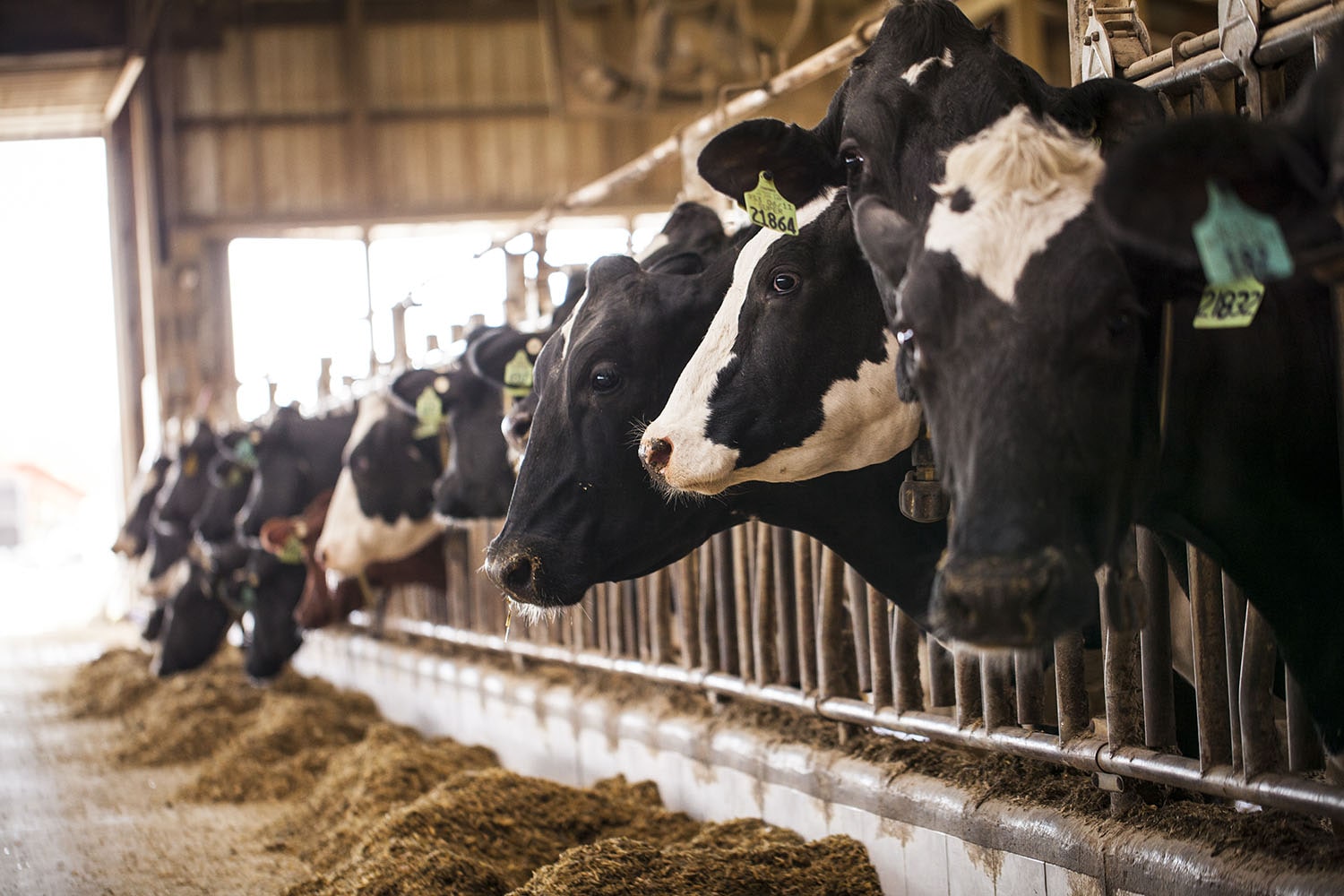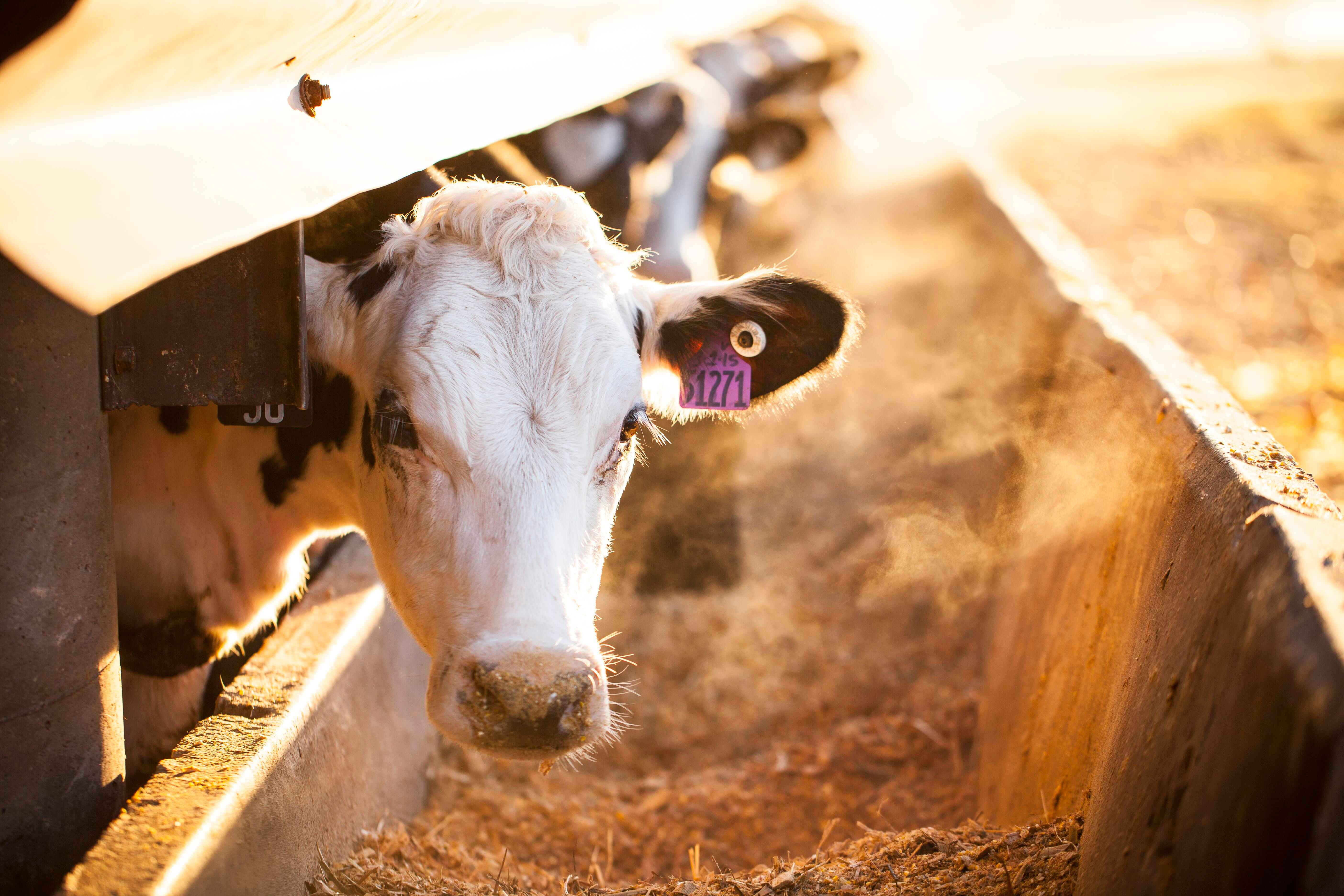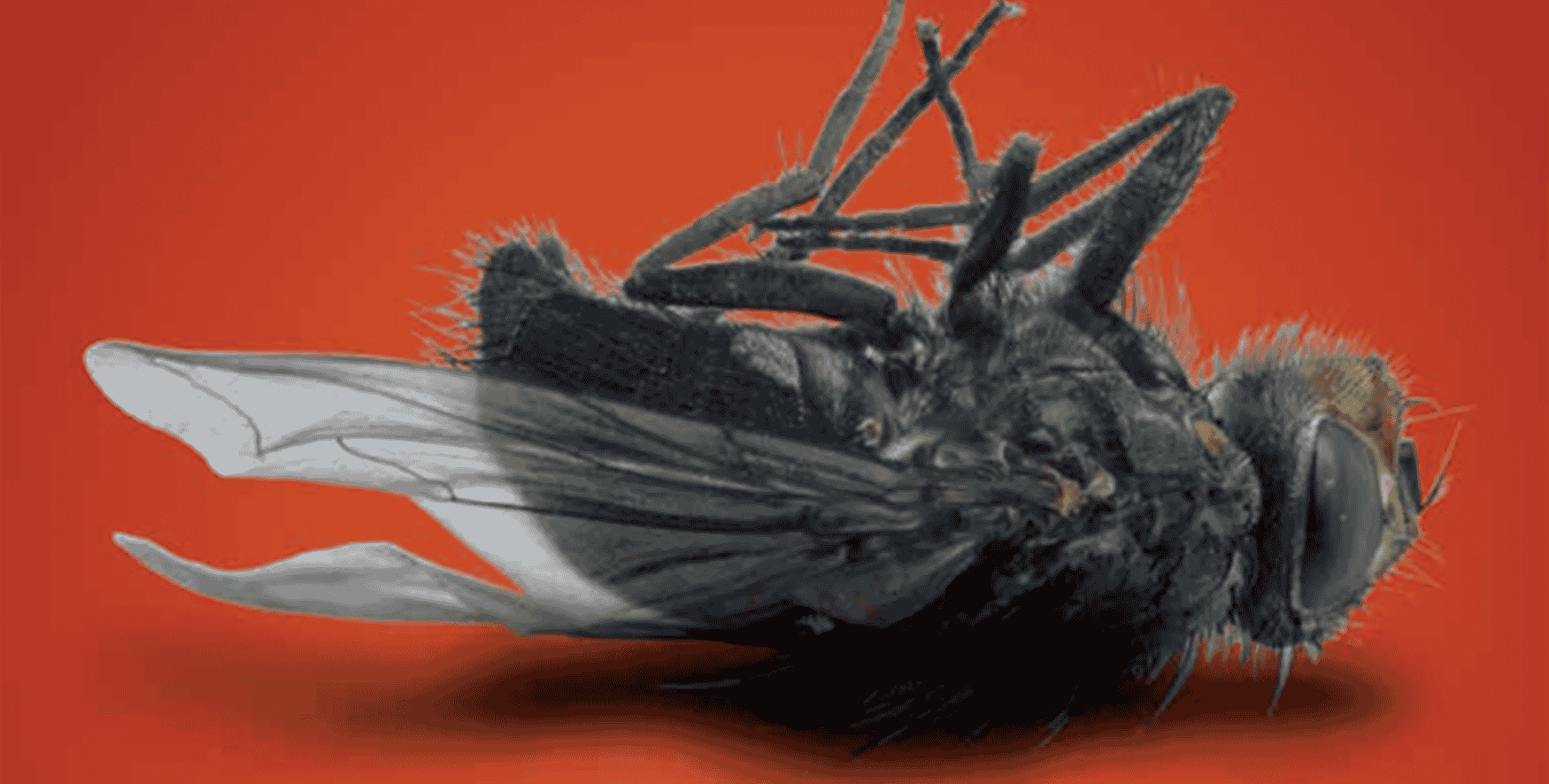Answering Frequently Asked Questions about Bait Rotation
Bait rotation is key to successfully decreasing fly populations in and around your operation by introducing baits with different active ingredients, different modes of operations, and different attractants. Creating a strategic fly bait rotation plan can effectively combat flies and prevent fly bait resistance. You may be asking yourself, “Where do I begin?” but we are here to answer your most frequently asked questions about bait rotation!
Q: How can I cut down fly resistance?
A: Rotation of active ingredient baits is the most valuable method for resistance mitigation. A rotation team, such as QuikStrike® Fly Bait, Cyanarox® Insecticidal Bait, and Golden Malrin® Fly Bait from Starbar, can help ensure that flies won’t develop insecticide resistance or resistance to any singular baits.
Q: How often should I rotate my baits?
A: Ideally, baits should be rotated so that each generation of flies are exposed to a different active ingredient. Rotating baits on a monthly calendar schedule is easier to implement operationally and ensures that fly populations remain susceptible over the long term.
Q: What baits should I use?
A: At Starbar, we have the Fly Bait Rotation Trifecta, where QuikStrike® Fly Bait, Cyanarox® Insecticidal Bait, and Golden Malrin® Fly Bait can be used in rotation to form a strategic plan.
The most successful results in decreasing fly populations are seen when implementing fly bait rotation. Knowing where to begin and how to apply these different products will take your fly control efforts to the next level.





